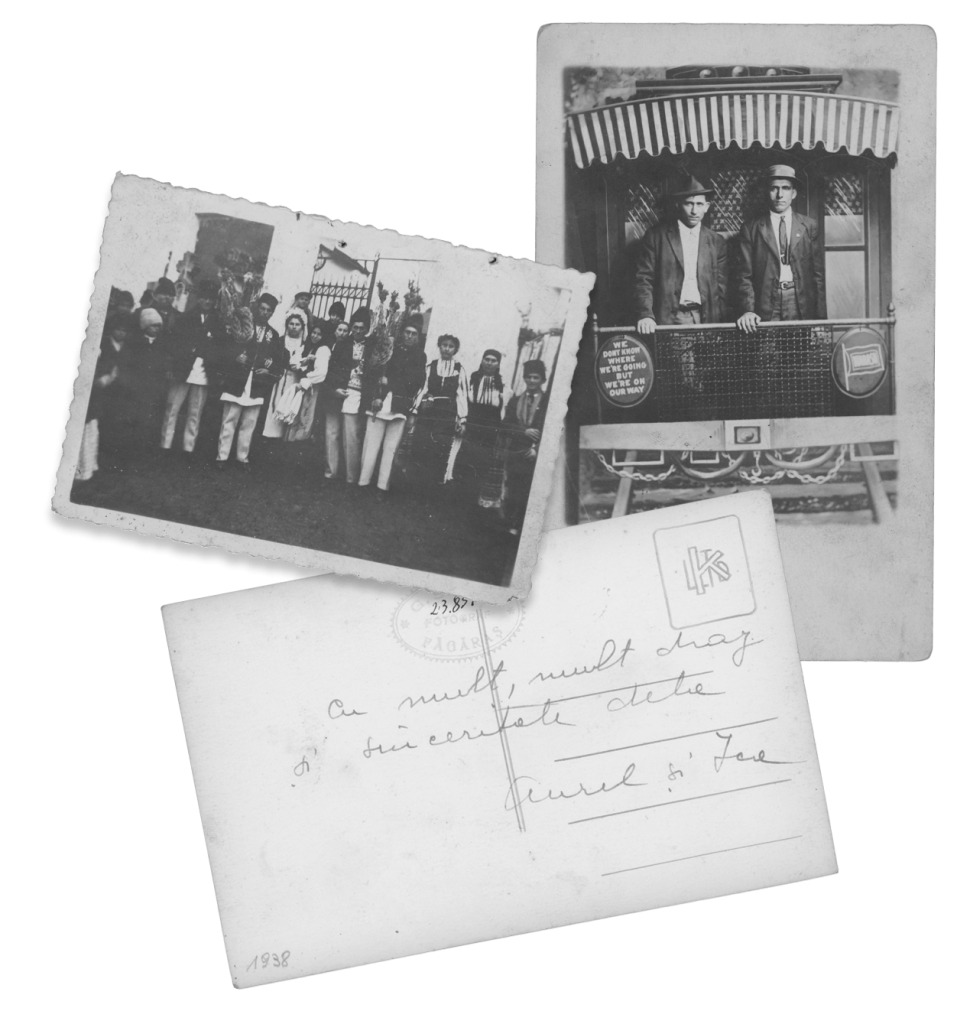
A dowry chest. A ladder.
A bee. A Sunday.
An anchor. A fishing rod.
A cluster of stories of wisdom. A book of miniatures.
A hill full of coloured barks, in front of you, the viewer. A celebration!
The archive is a place that condenses, in this case, the memory of the village. A mirror or an x-ray of the community, a dowry chest in which people from now and then, our ancestors, their things, the image of the village are joined together. A collection of living information and a link to the past. What may at first glance seem like a simple warehouse, an orderly agglomeration of visual information, contains in reality several reading keys: an objective one - which gives an account of data, people and facts, an artistic key - through which the photograph is itself a cultural product, a subjective one - related to the relationships between people and the subjective reading of the viewer.
An archive is both objective and subjective. There are spontaneous, natural, unadorned, completely authentic images. There are images with direction, especially from the period when photography was a rarity, an event. There are of course images that go beyond these two categories and reach the rank of "historical document" - key information or images about something from the past that could not be known in the absence of archival images.
An archive becomes alive when one uses it, so use it as a cure, as armour, as water of life from which to water and gather strength for the flights ahead.
What would a future without a past look like?
The most important role we assign to the archive is to connect with ourselves, with previous generations, with the space we live in. It is said that we actively or consciously relate to a maximum of two generations: those we may have the chance to know in life. The archive expands the time span we have access to, and although this access is fragmented, it remains vital to anchoring us in the present.
Sometimes its fragmentation becomes a pretext and the space between the fragments is filled orally with histories transmitted between community members.
The archive is about understanding the present. And about the future. What would a future without a past look like?
The archive is also a lesson to look, to probe, to peruse patiently to learn the fruits of knowledge. Any knowledge process requires time and the archive is no exception. The archive is a way to understand the value of the work or crafts of another time. It also discovers the value of time and a different rhythm of life. The archive is savoured slowly, it requires internalization and curiosity.
The archive is, why not, an invitation to play as well, to word hypotheses, a constructive exercise of imagination.
For the first time people look so they can understand. The second time they look and marvel.
The archive is open to anyone, but especially to you, the one who is curious to understand and encompass.
First of all to the local people, who have perhaps the greatest adherence to the images found here, who recognize and reconnect.
Then it is addressed to other communities that can take over this example of knowledge and development on the time axis. People can reconnect with their ancestors, with their neighbours.
At the same time, the purpose of the archive also looks towards the city, because the urbanites too, or maybe especially them, need the reconnection with the origins, with the cultural fabric they come from, maybe even with their great-grandparents, if they will be given the privilege to be born in families whose origin is in Şona. The archive is for anyone who feels they need an anchor, roots, to regain a sense of belonging, because our common cultural fibre is dense and includes us, no matter how geographically separated we are, on the territory of the country or among foreigners.
Using the archive is like mending a lady's stocking. The more you look at the images and send your mind on expeditions to conquer the proposed territories, this fine, delicate and precious thing is repaired. This is the understanding between us, our community.
The archive is an invitation to harmony within us and between us, over time. The archive is about togetherness.
